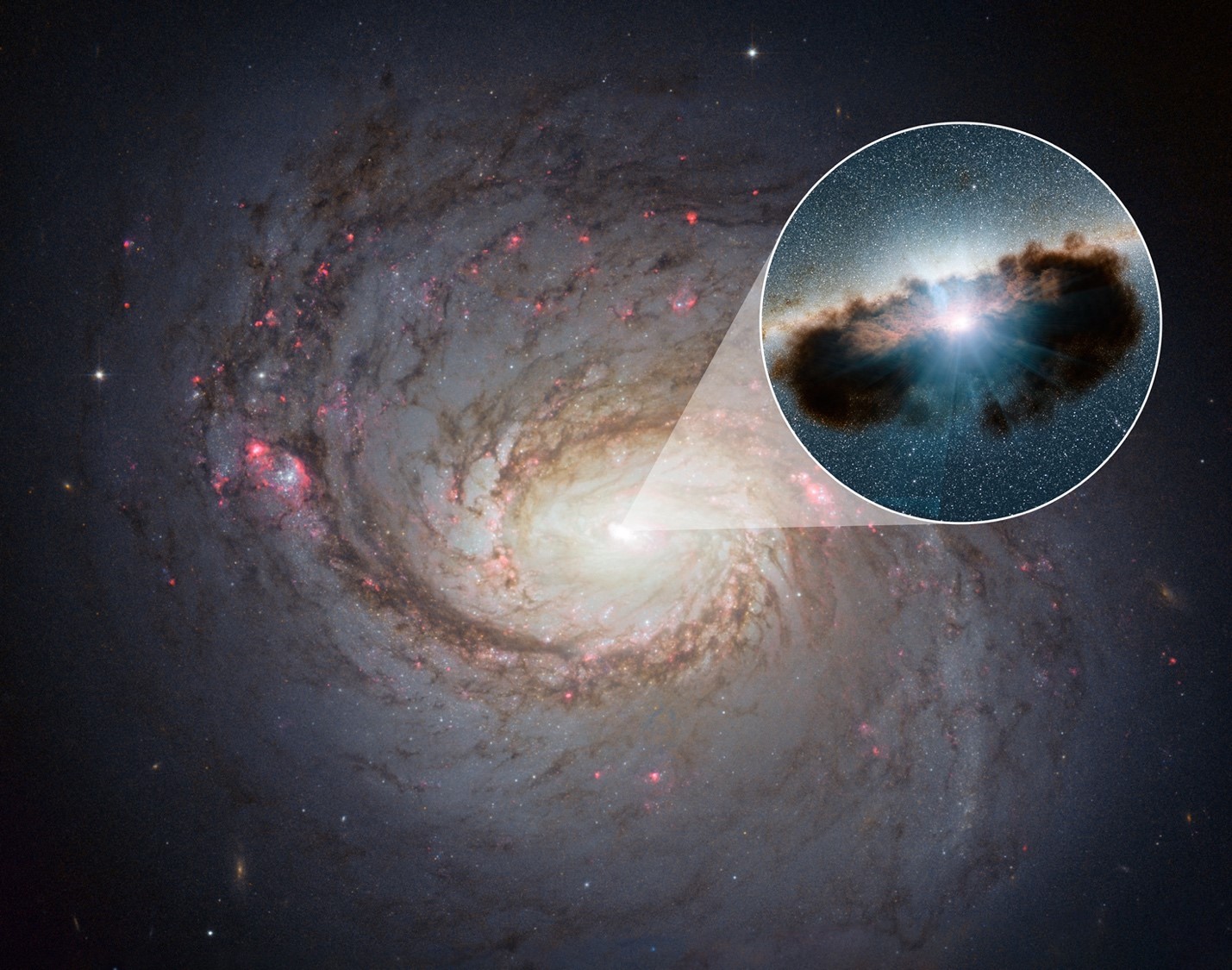Active Galaxies in Crisis: A Statistical Study of Ultra-Violet Variability with Dr. Chichuan Jin and Dr. Riccardo Middei| Space Science Bazaar
Speaker: Dr. Chichuan Jin and Dr. Riccardo Middei
2 December 2021
4 pm GMT+8

The compact central regions of some galaxies emit very powerful energy across the whole of the electromagnetic spectrum, ranging from the radio to gamma rays. These are called active galactic nuclei (AGN). The primary energy source is gravitational, produced as gas spirals in towards a central supermassive black hole, from millions up to billions of solar masses. As it does so it becomes extremely hot and radiates until it vanishes across the event horizon of the black hole. Although this general picture is now accepted there are still many important outstanding questions still to be answered such as: what happens in the inner regions of the disc of accreting material? What causes some AGN to exhibit outflowing winds and jets as well as the inflow of material onto the black hole? Why do some AGN change their rate of mass accretion dramatically, so that their observational properties radically change as a result?
These and other questions are the subject of an ISSI supported project titled “AGN in Crisis”. We will discuss the objectives of the project and describe how X-ray satellite data-bases, notably XMM-Newton and Swift, can be used to make progresses. Specifically the simultaneous X-ray and ultraviolet data provided by these satellites, together with the astrophysics derived from the optical emission lines obtained via ground-based spectroscopy can be used to assemble a spectral energy distribution (SED). These SEDs can then be modelled by applying state-of-the-art accretion disc models to examine which parameters are key in determining the state of accretion and to explain their observational properties.
About Dr. Chichuan Jin and Dr. Riccardo Middei

Dr. Chichuan Jin, is a researcher at the National Astronomical Observatories of China (NAOC), Chinese Academy of Sciences (CAS). He graduated from Tsinghua University in 2008, and then studied for his doctoral degree at Durham University, UK to work on the Active Galactic Nuclei (AGN). After that, he worked as a visiting scholar at the Institute of High Energy Physics (IHEP), a researcher at the Qianxuesen Laboratory, Chinese Academy of Space Technology, and then as a postdoc at the Max Planck Institute for extraterrestrial Physics (MPE) in Germany. His research focuses on super-massive black holes, interstellar medium and high-energy transients. Currently, he also serves as a core member in the Einstein Probe mission, which is a powerful X-ray satellite led by CAS to be launched in the near future.

Dr. Riccardo Middei, started studying the X-ray emission of Active Galactic Nuclei (AGN) during his master thesis at Roma Tor Vergata university with Prof. Fausto Vagnetti. Later he attended the PhD program at Roma Tre university under the supervision of prof. Stefano Bianchi. He performed detailed spectroscopic and temporal analyses on compelling dataset obtained in the context of multi-wavelength observational campaign of nearby AGNs. These studies strengthen a new interpretation of an ubiquitously observed X-ray spectral component typical of AGNs. During his PhD, Riccardo had the opportunity to meet bright scientists and contribute to several international projects. After his PhD he worked at Institut de Plan tologie et d’Astrophysique de Grenoble, France, and spent five months as visiting researcher at the extragalactic center for astrophysics in Durham, UK, where fruitful collaborations started. He is currently a post-doc researcher at the Space Science Data Center of the Italian Space Agency as a member of the X-ray groups.
on WeChat (ISSIBJ) to be always up-to-date and to not miss our seminars!



